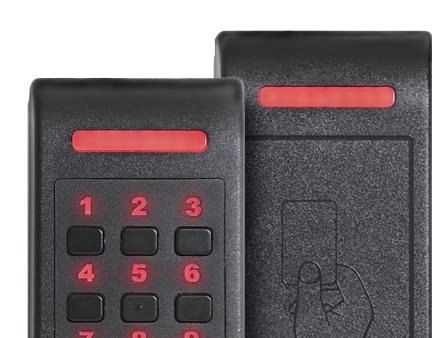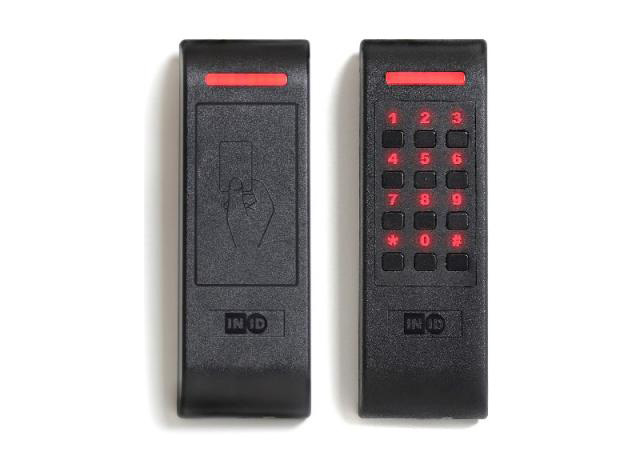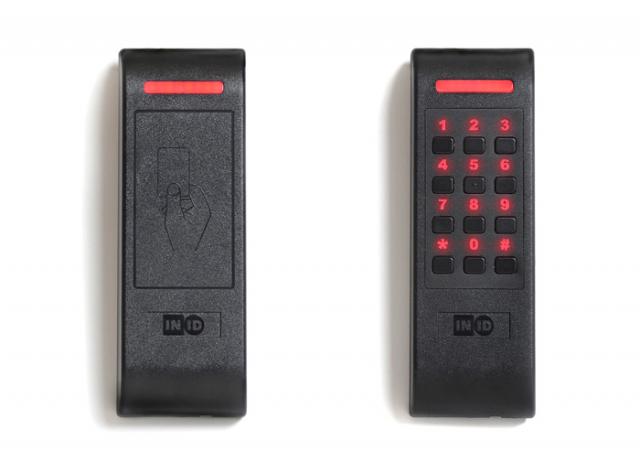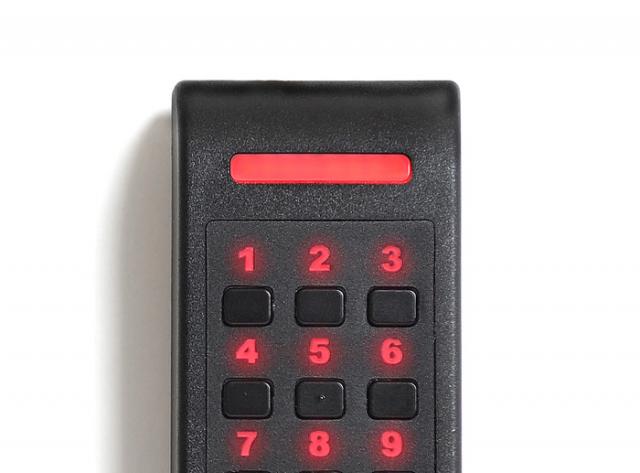Columbia, Pennsylvania, USA – March 15, 2024 – INID Readers USA and Integrated Engineering BV, developers of hardware, firmware, and software for secure access control and authentication solutions, is proud to announce the availability of its line of RF DISTRIFLEX® integrated PKOC card readers. INID Smart readers are flexible by design and use one application for access control that supports single and multi-card environments for multiple ISO14443 technologies and NFC.
PKOC, pronounced like peacock, is the acronym for Public Key Open Credential, and represents an openly available specification, written and supported by the Secure Credential Interoperability (SCI) Working Group of the Physical Security Interoperability Alliance (PSIA). The specification defines a highly secure, access credential solution designed to enable interoperability. This highly secure credential option will put the control back into the hands of the security practitioners. Conforming to the IT Industry Standard for Public Key Infrastructure (PKI), PKOC is agnostic to the transmission method, whether it be NFC, BLE, UWB or whatever new transmission technology exists down the road and is fully compatible with iOS and Android devices as well as Java chip access cards.
The INID RF DISTRIFLEX ® reader family provides a flexible range of access control readers that read high-frequency 13.56 MHz and low-frequency 125 kHz proximity credentials. Each reader offers unique AES-encrypted key storage for the reader and for credential security keys. In addition, each reader offers field programmable capabilities so adopting changing security requirements and loading new firmware is quick and easy.
“AT INID Readers we distinguish ourselves as a technology partner and solution provider for our clients, allowing our clients to stay focused on their business while we provide support their identification and physical access challenges,” said Mike Zercher, President of INID Readers USA. “Our new reader integrated with the PKOC standard fits with our belief in open standards,” Mr. Zercher continued. “We do not want to lock in our customers with proprietary products and secret key structures, rather we offer products that are user-friendly.”
The PKOC specification leverages the concept of PKI without the need for the typical complex, expensive identity Infrastructure necessary for PKI. PKOC uses the device itself to generate the private and public key pair, (known as keygen) enabling the private-public key handshake to authenticate the credential. With a PKOC credential, the owner of the card owns the encryption keys and does not require any complicated and often proprietary process for managing or sharing keys. The public key sharing process is straightforward without the cumbersome overhead of traditional symmetric key sharing processes.
“With our integrated PKOC reader, our clients are no longer burdened or distracted with the complexity of managing encryption keys. Plus, PKOC enables our clients to “Bring Your Own Credential” (BYOC) meaning a credential that is formulated in one app will work on all PKOC-enabled reader devices. There is no need to download multiple apps or carry multiple cards,” added Mr. Zercher.
INID Readers USA would like to thank Smithee Solutions, a provider of convergence engineering services to the physical security market, and to Z-Bit systems, a developer of open technologies for better physical access control solutions, for helping us bring our PKOC-integrated readers to market.
About INID Readers USA
INID stands for Innovative Identification, a name that reflects our solutions and thinking. Innovation means creating new solutions, creating migration paths for existing card populations to newer technologies by combining different technologies in one reader. We provide solutions for business and federal government identity management, physical security, logical security, and flexible customized solutions. We also take pride in our care for the environment. We design our products to be durable and suitable for complete recycling. Our aim is a cradle-to-cradle life cycle. With our special housing design there is no longer a necessity to use potting therefore creating considerable savings in transport costs and in fuel consumption and thus reducing our carbon footprint.






